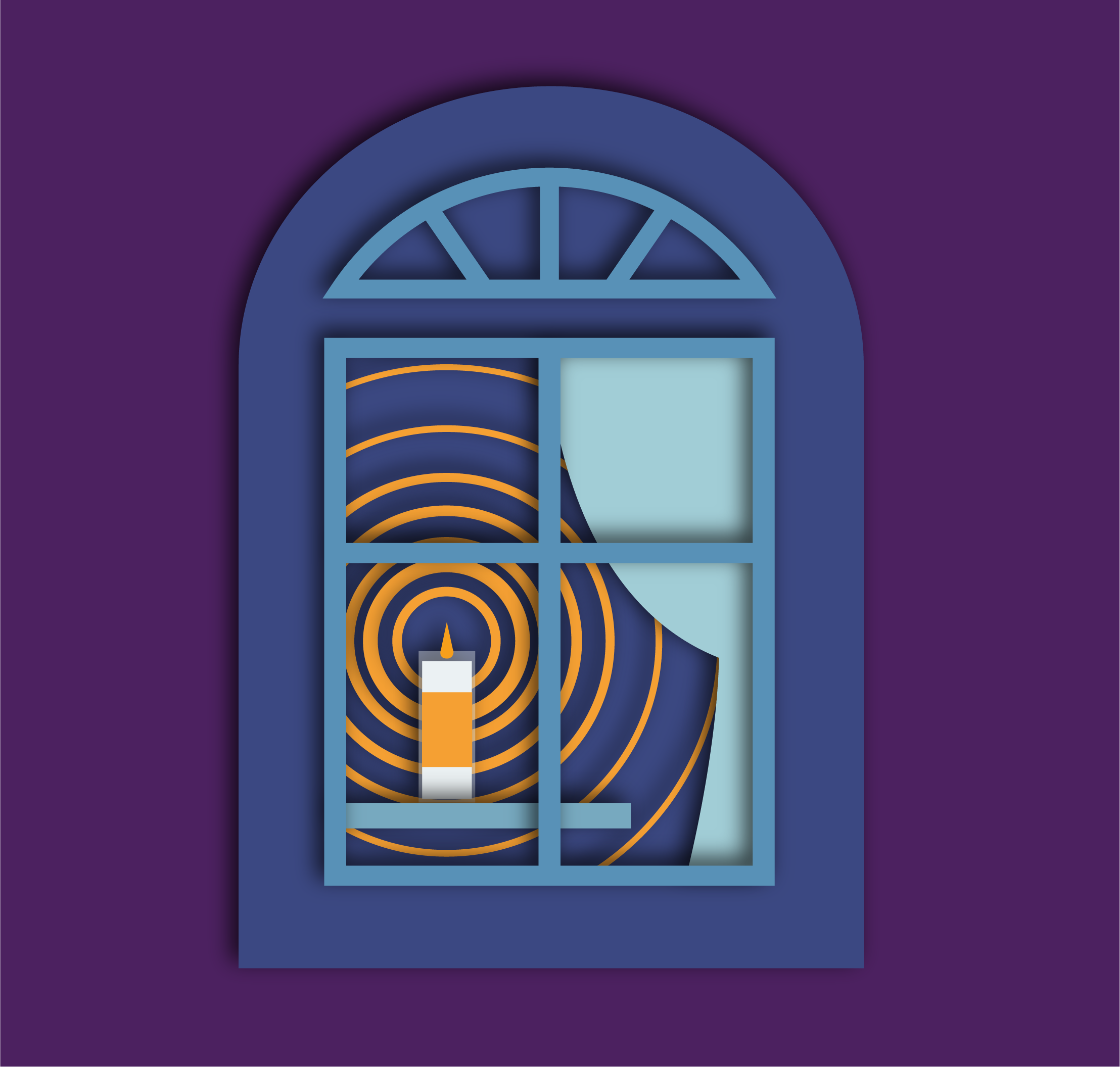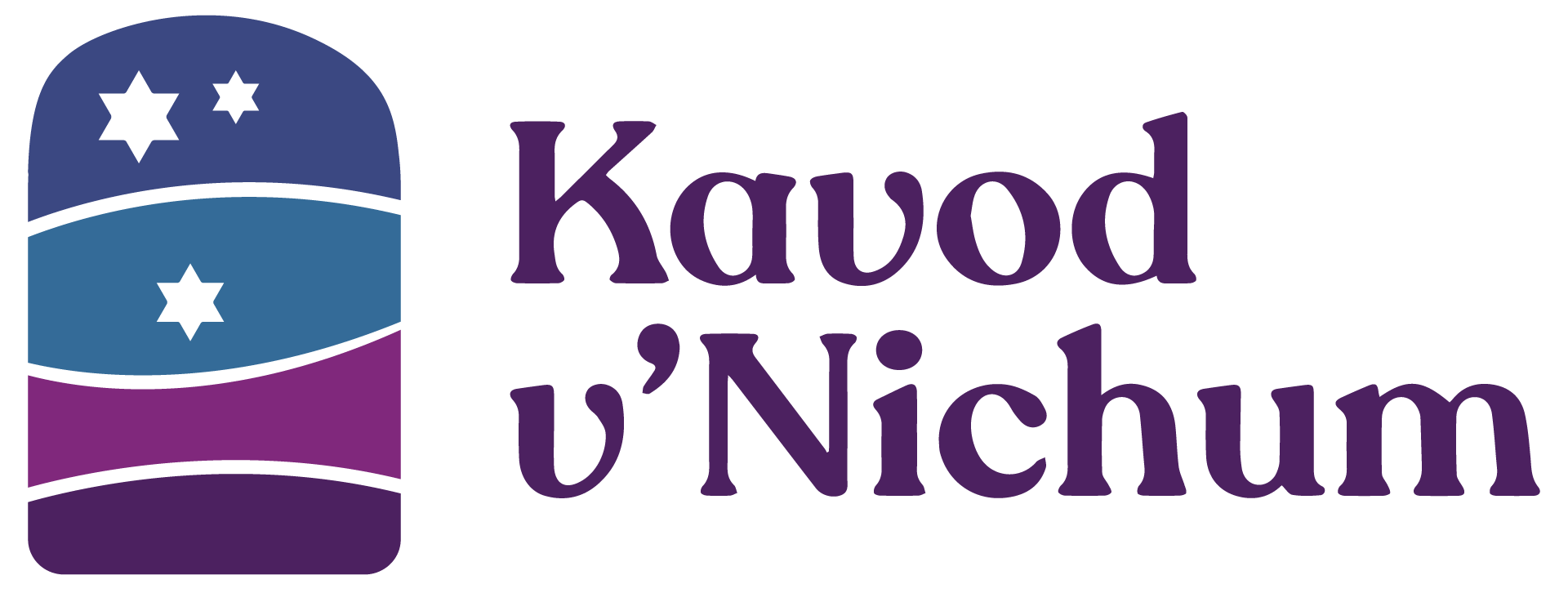
Shmirah and Taharah
Care and Honor of the Deceased
Between the time of death and the actual burial, there are two Jewish rituals—shmirah and taharah—that serve to honor the deceased and prepare the body for burial. They are two of the primary rituals performed by the community members who make up the Chevra Kadisha, the Holy Society.
Shmirah
The ritual guarding or watching over the deceased before burial
Rooted in a Biblical story of a mother protecting her sons, shmirah has evolved from a necessary protection of the physical remains to a beautiful expression of compassion for the dead and comfort for the bereaved.
It is thought that between death and burial, the soul of the deceased is present, hovering near the body, confused as to where it belongs, since it is now separated from the body with which it had identified for a lifetime.
Shmirah primarily takes place in the funeral home. Individuals or pairs attend in shifts around the clock. Most often, shomrim (plural of shomer, “one who watches”) sit in a room adjacent to or near the mortuary/refrigeration room, the deceased is not viewed.
Customarily, shomrim read from the book of Psalms, a foundational Jewish text. It is thought that reciting Psalms on behalf of the deceased provides comfort to the soul. Often, a memorial candle is lit and burns continuously throughout shmirah.
Taharah
The ritual preparation of the deceased for burial
The complete ritual of preparing the dead for burial is known as taharah: A carefully choreographed ritual performed by the Chevra Kadisha, of washing and dressing the body, reading liturgy, and honoring the dignity and sacredness of human life.
The ritual of taharah can vary from community to community. For example, some communities might fully immerse the deceased in a mikveh, a ritual bath, while others pour water over the body from vessels. One element remains constant no matter the community: The washing, spiritual purification, and dressing of the deceased are performed with respect, prayer, and intention.
Underlying Tahara is kavod ha-met, honor for the deceased, who is treated with the highest level of care and compassion.
Community members performing the taharah ritual ask for mechilah, forgiveness, from the deceased after, and often before, completing the ritual. This acknowledges a spiritual responsibility we have to the deceased and that we are engaging in an intimate and vulnerable ritual.
Taharah is known as “chesed shel emet,” a true loving kindness, a kindness that can never be repaid and is given freely out of love.
Taharah has five main components:
1. Rechitza : Washing
The members of the Chevra Kadisha team begin with a simple washing of the deceased, taking care to remove anything on the body (e.g. jewelry, bandages, and nail polish) so that we return to the earth the way we entered.
2. Taharah: Spiritual Purification
Water has transformative power in many faith traditions and features prominently in Jewish ritual life. Once the deceased is clean, 24 quarts of water is poured over the body in a continuous flow, like a rushing stream. Now both the physical and spiritual entities are purified and ready to move on.
3. Halbasha: Dressing
For centuries, Jews have been buried in tachrichim, a simple burial outfit usually consisting of pants, a tunic, a kittel (jacket), and a head covering. In keeping with our values of modesty and equality, tachrichim are made of plain, inexpensive fabric.
4. Halanah: Placing the Body in the Casket
The deceased is gently lifted and placed into the casket, which has been lined with a large sheet and often a tallit, a prayer shawl. Some customs include:
- Placing earth from Israel on the body
- Placing pieces of pottery over the deceased’s eyes and mouth
- Wrapping the body fully in the sheet and tallit
5. Aron: Casket
To promote return to the earth, a Jewish casket is made of natural materials that will decompose. Wood caskets with wood dowels and rope handles, or “a plain pine box,” are often used. In the same tradition of using simple burial outfits, the coffin is not to be ostentatious, in order to reflect our values of simplicity and equality.
